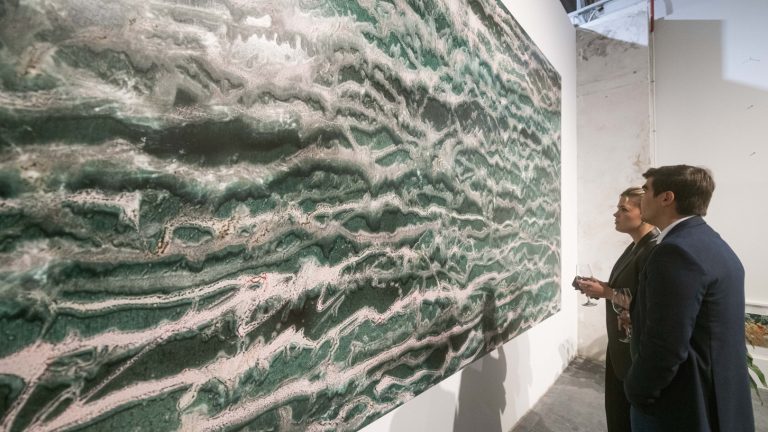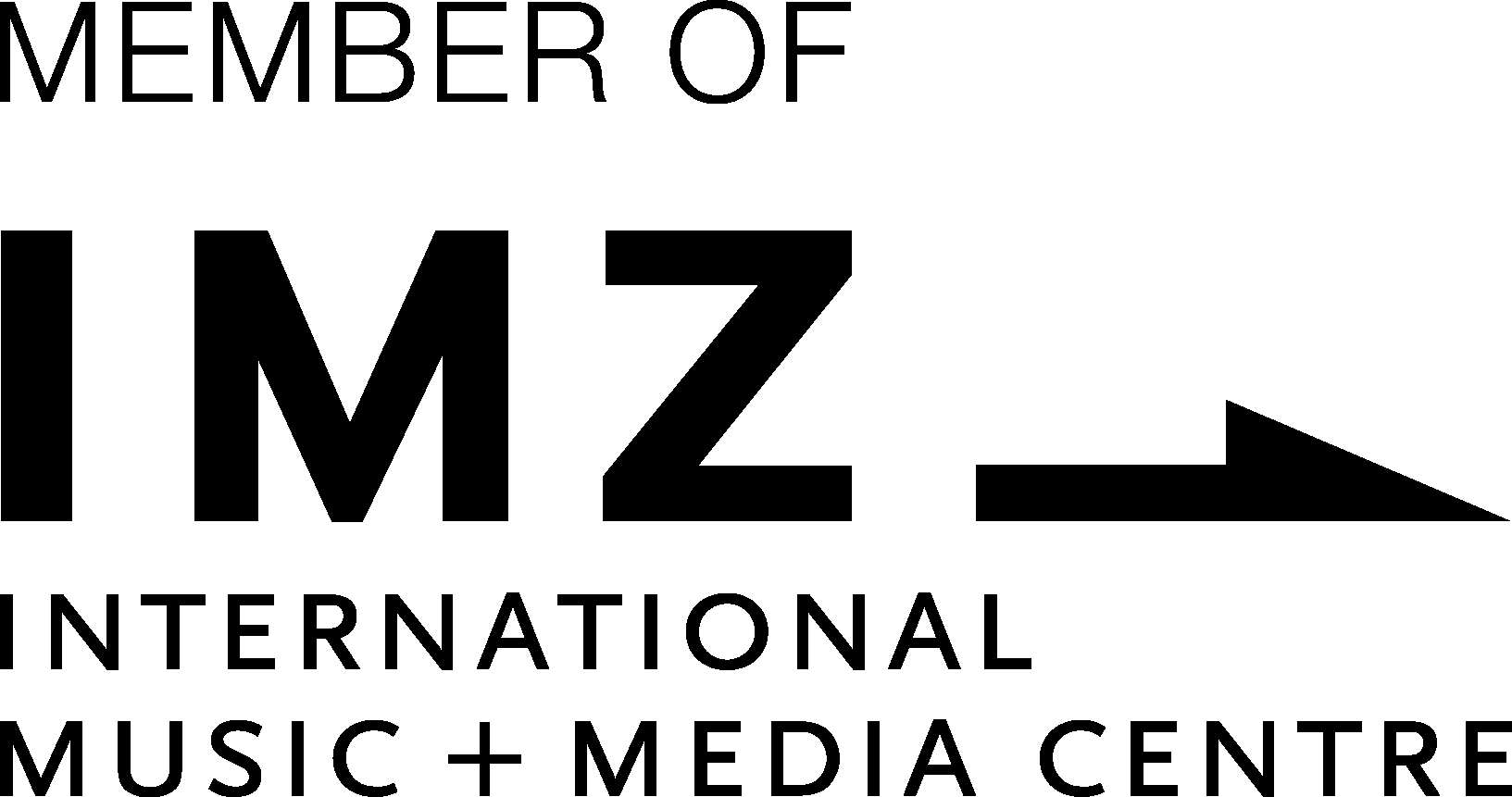“Artists need fresh air,” explains Oxana Simatova, Budapest Art Factory’s (BAF) current guest resident artist. What that means to this Russian gallerist and painter is the need to travel and experience other locations for their inspirations.
But that need became urgent much sooner than expected. When the Ukraine-Russia conflict began, she and her husband, Peter Goloshchapov, were forced to make the painful journey out of Moscow. And when a Bucharest gallery canceled their exhibit in 2022, that became the pivot-point: “We didn’t want to wait – so when BAF had previously offered us a residency, February 2022 was our last chance [to escape].” Now, ‘Crocodile Power,’ the couple’s official company name, is one of BAF’s happy residents.
Other happy residents are the members of a collective that have been together since their art school days in Budapest. The co-founders, Márta Kucsora, Sándor Szász, and Dóra Juhász, were joined later by Michael Pettet, Anthony M. Vasquez, Anna Tihanyi, Anikó Boda, and Crocodile Power. The mutual agreement among everyone that a place like this collective has many benefits, among them being a dynamic place of both refuge and community.
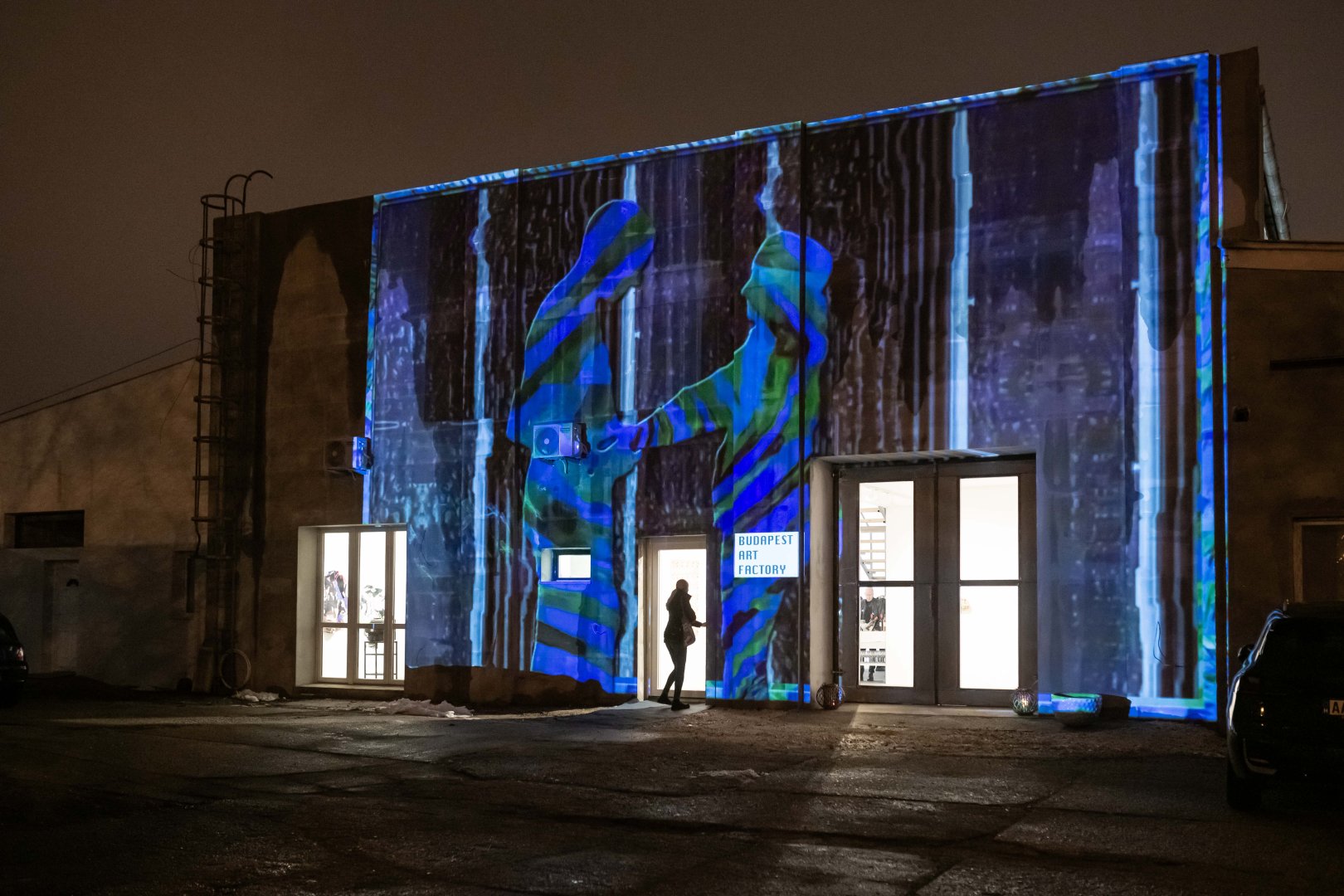
Their international artist residency program is just one of the features that this organization offers: BAF is one of Budapest’s essential contemporary visual arts centers, an exhibition space, and studios that can also serve as showrooms — all of it 100% artist-run and artist-funded. Their new digs on Épitész utca in the 16th district, signifies a major move from a former turbine engine factory in Pest, to a predominantly residential zone in Buda where a few old small factories and warehouses still co-exist with the area’s homes. Jennifer Walker, who lives close by, said: “I used to go to the original Budapest Art Factory up in the XIII District, so I was excited when I saw they were moving round the corner. We have a lot of industrial buildings in this part of Buda … these wonderful, disused spaces in the area are ripe for artistic communities.”
After a six-month renovation, the new, remodeled BAF opened its doors to the public on December 8th. Their inaugural exhibit in this building includes those of the collective, and another group collection by ten artists, curated by New York’s POSTMASTERS Gallery owner, Tamás Banovich.
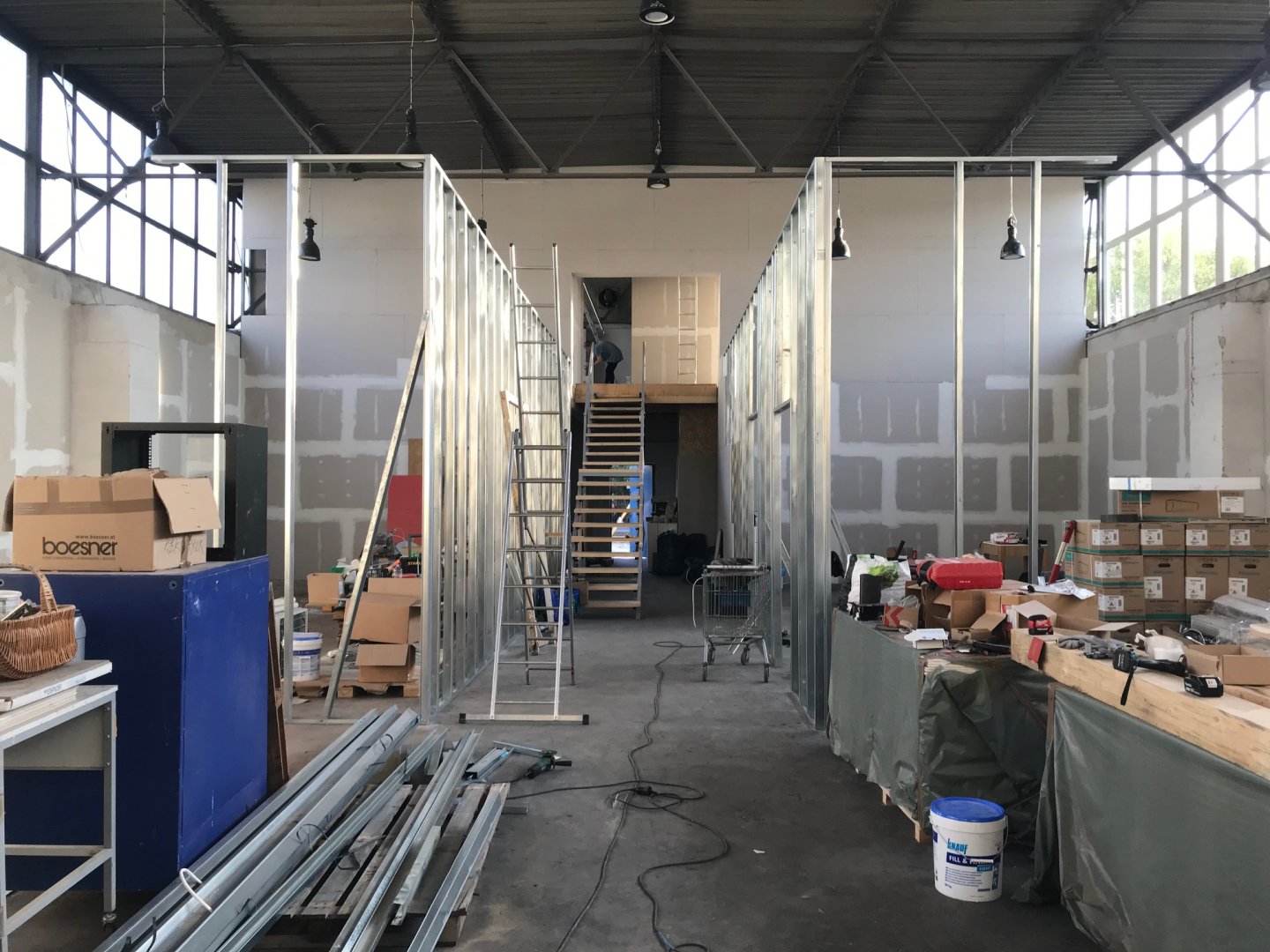
According to Kucsora, a painter of large-scale oil/acrylic canvases, this move will enable the collective to “host curated shows, including digital exhibitions, in a space that was designed in a 20th century way.” And for the first time, they will “have a proper heating system so we can function all 12 months of the year.” Their previous location, the 13th district factory on Vizafogó utca that they had occupied since 2006, was not equipped with adequate heating facilities, and was scheduled for demolition this year. For Kucsora, whose paintings often reach ceiling heights, the generously elevated new space serves as the perfect showplace. Their new home at Épitész utca 20 is an industrial building that had originally served as a WWI hydroplane factory founded by Manfréd Weiss for the Austro-Hungarian Monarchy. Decades after the war, it operated as a marketplace and then later functioned as a paint workshop for Ventilation Works.
BAF’s impressive interior is dominated by a long hallway, with several studio entrances on both sides. The far end opens into a large salon with a newly-built central staircase that leads to the studio/showroom of Boda, a realist painter whose canvases harken back to 17th and 18th century masterpieces, but with a decided modern twist. Other upstairs studios house works by photographer Tihanyi, who stages her enigmatic photos with models and objects in mysterious magical-realism vignettes, and Pettet’s digital paintings which show a remarkable spectrum of emotional expression from impressionistic portraits to primitive stark gestures connected to his distaste for “the machismo of war.”
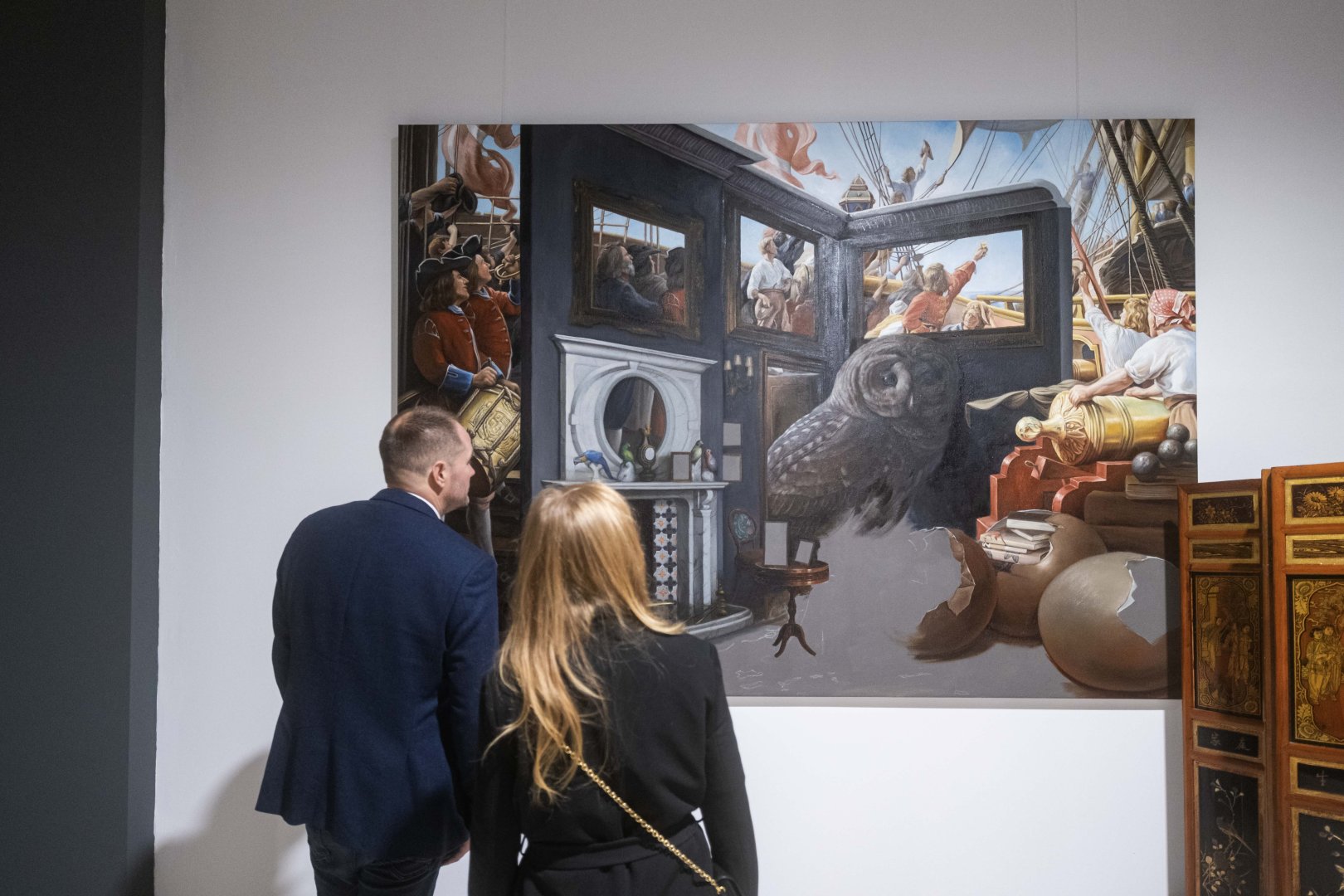
In the downstairs spaces, one room holds the POSTMASTERS’ collection, ‘Distortions,’ of contrasting mixed media pieces; another room is the domain of Szász and his abstract paintings and sculptures; a third room for Juhász’s large abstract canvases; a fourth room for Crocodile Power’s modernist paintings; and another studio just outside the front of the building for innovative wood-artist Vasquez.
“We’ve all known each other for a long time, and we all knew that we needed to be together” says Juhász. “We don’t invite just anyone. Here, I can lock myself in my studio to work, or go into the kitchen for conversation. The big advantage of a collective is that it creates more energy.” I asked her about the kinds of buyers they attract, and if they purchase the art. “The easiest are Americans – they make decisions quickly. Europeans, they need to sleep on it,” she joked. “But the number of impulsive buyers picked up quite a bit after covid was over.”
Pettet feels he thrives in this environment because “all of us are different in our approaches. Artists need the food of being around other people.” He also mentioned the inherent dilemma in selling digital art: “Buyers generally want the one–the original, as opposed to something that can be easily duplicated.” Digital tech allows him to “manipulate ideas and images that translate into paintings, even though there’s so much more of a challenge to make it look real.” Relatedly, he feels that “AI doesn’t have the human spirit. Most of painting comes from the heart; the rest is decoration.”
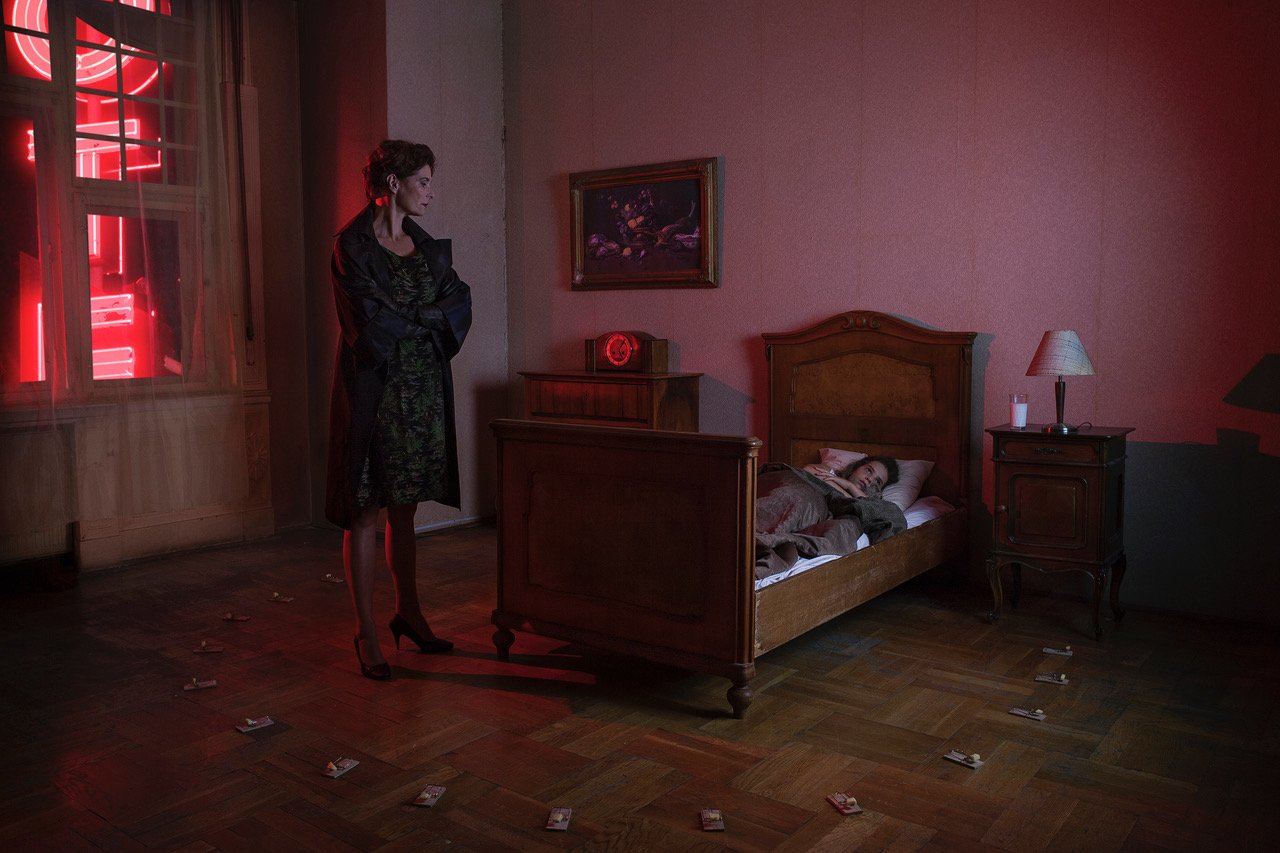
Simatova, understandably, is appreciative of what BAF allows for Crocodile Power’s survival, and she doesn’t hold back on her world-view, either: “The old world and the new world need to grow up, and initiate rites to step into the future, to dialog with each other…we’re finally on a trial – I want to believe it’s not the end. I must find a calm and safe place…for inspiration…if that’s lost, it’s all over.”
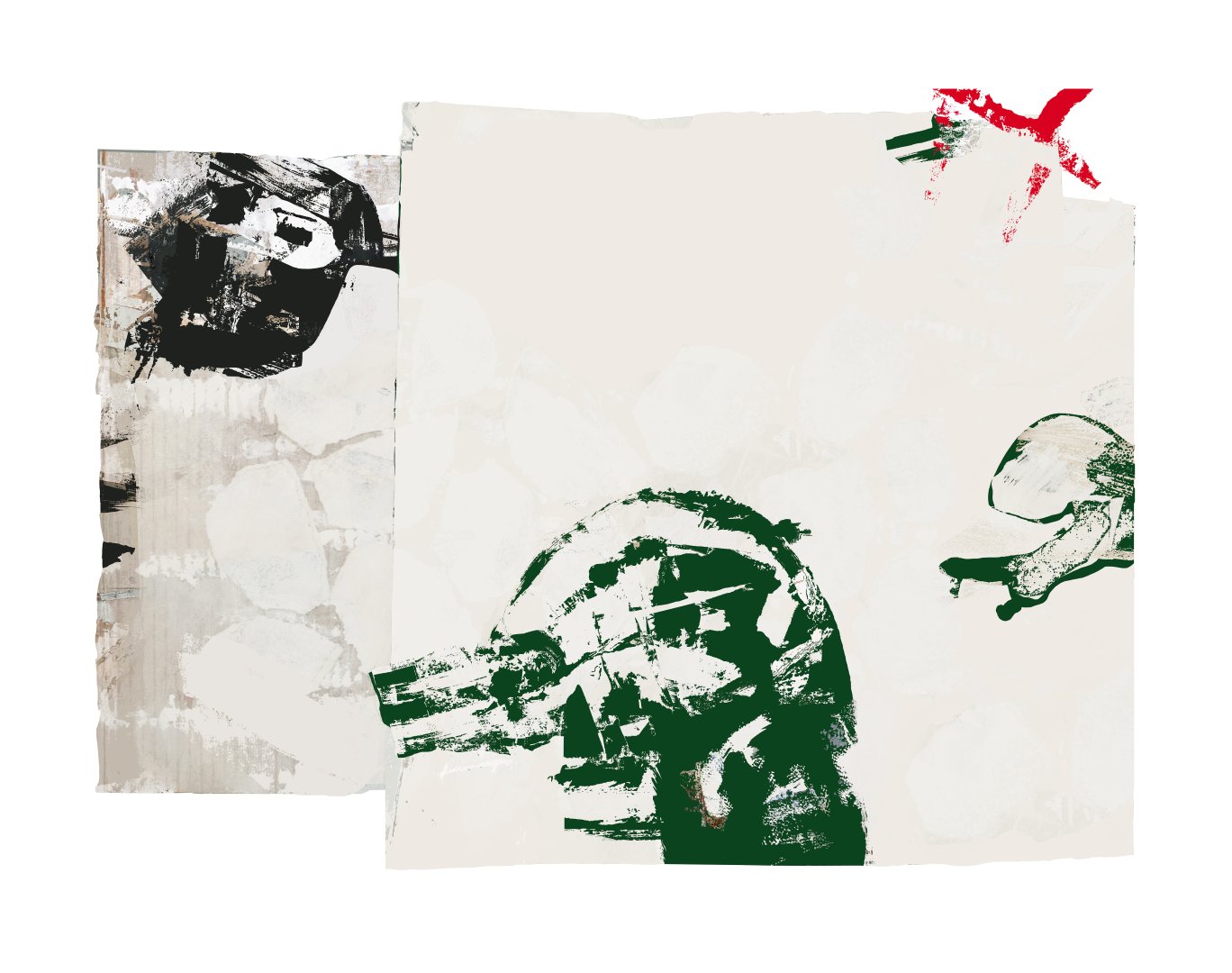
The Art Factory’s current exhibition continues through February 16, 2024

